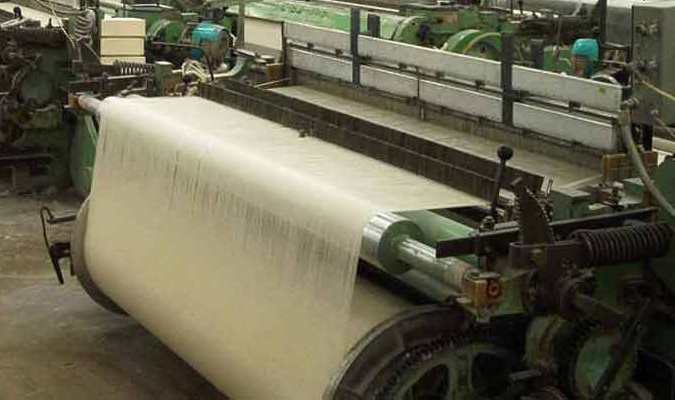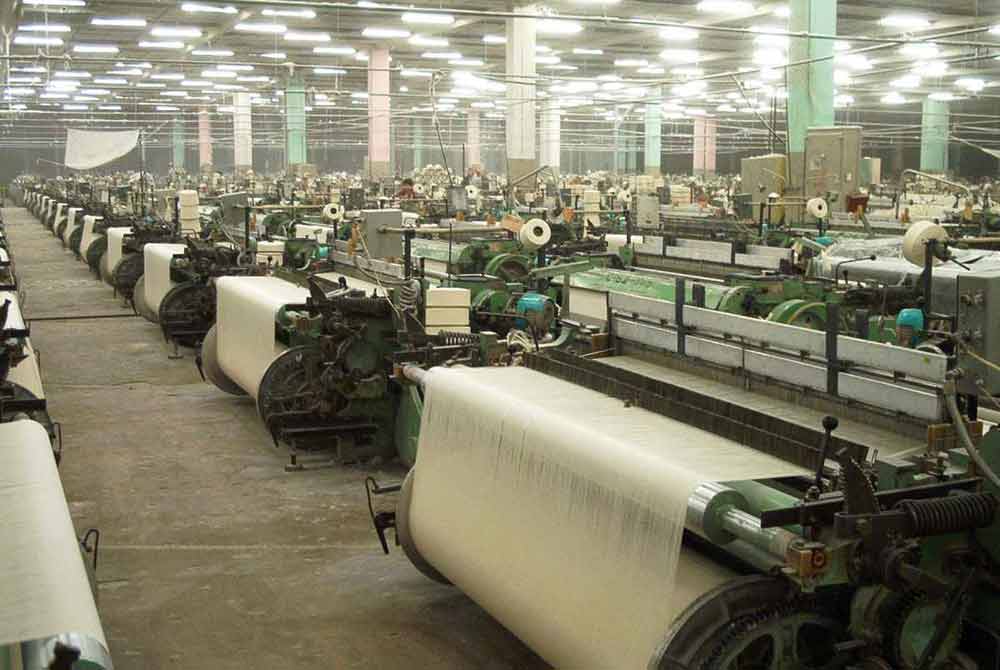
The year 2014 has been positive for the India’s textile industry. Second largest employment generator, the textile industry is said to be contributing around 14 percent to industrial production, 4 percent to the country’s GDP and 12 percent of the country’s exports as well as around 8 percent of the total excise revenue collection. At this interesting growth juncture, the country needs to come up with quick measures to tackle issues blocking its prospects in the global textile trade.
While the country can race ahead with its expertise and rich resources in terms of quality raw material, skilled labour and production capacity, its time, the nation prepares itself to take advantage of China’s diminishing competitiveness in global textiles. The number of manufacturer-exporter is grappling with various issues like increasing labour cost, appreciating Yuan against dollar, rising power cost and its deliberate move towards value-added industries. Experts say that Indian textile industry can grow rapidly if the players focus their energies on value addition, improving efficiency, modernization of units and integrated operations.
Measures to boost growth
India is expected to consolidate its position in the coming years The Indian textile and
apparel industry was estimated at $108 billion in 2013 with a compound annual growth rate (CAGR) of 13 per cent from 2008-2013. It is projected to continue to grow at a CAGR of 12 per cent and reach $440 billion by 2025.
After the Narendra Modi-led stable government took charge at the Center, there were a lot of expectations. While the government was able to garner attention through its budget announcements with a proposal of setting up a few mega textile clusters with a fund allocation of Rs 200 crores as well as recent approval to the Constitutional Amendment Bill on Goods & Services Tax (GST), which is expected to lead a decision on rollout of an ambitious indirect tax reform expected to raise revenues and boost growth.
Government’s efforts to bring artisans from rural clusters like Varanasi and Chanderi on online platforms like Flipkart with the help of designers may also help in promoting brand India on the global platform. After completion of the 100 days at the centre, the government launched an ambitious new initiative to promote domestically manufactured products and attract investments. ‘Make in India’ campaign covering 25 sectors, including the textile and garment industry, was unveiled by the Prime Minister in the presence of industrialists and biggies from the corporate world of India and abroad at a ceremony in New Delhi.
Hurdles to growth
The vocational training offered in India mismatches with the needs of casual workers who constitute over 90 percent of the labour force, resulting in a shortage of skilled workers at the national level. In contrast, the Chinese vocational education and training (VET) system, which is similar to India’s, targets a larger population as the average education level of its working age population is higher. Also there is no uniform policy and structure for such initiatives across states.
Also while global textile sourcing is shifting towards India and China, there is a rise in global machinery companies building their manufacturing units in the country posing direct and stiff competition for the homegrown players, who are far behind in bringing the level of technology used by their global counterparts. Lack of proper infrastructure, high power costs are some of the other hurdles to growth. Unlike in countries like China and Bangladesh, which have developed large production units, India lacks such set-ups that can cater to large orders and rising demand making it lag behind in the competition.
Industry veterans point out that to tap the growth opportunities that are clearly visible, the industry must invest in modernization and consolidation of weaving, processing and garmenting capacities to increase productivity and quality. And the Indian government must play its role in implementing industry friendly policies and adequate measures like labour laws reforms to attract investments and trigger growth.












